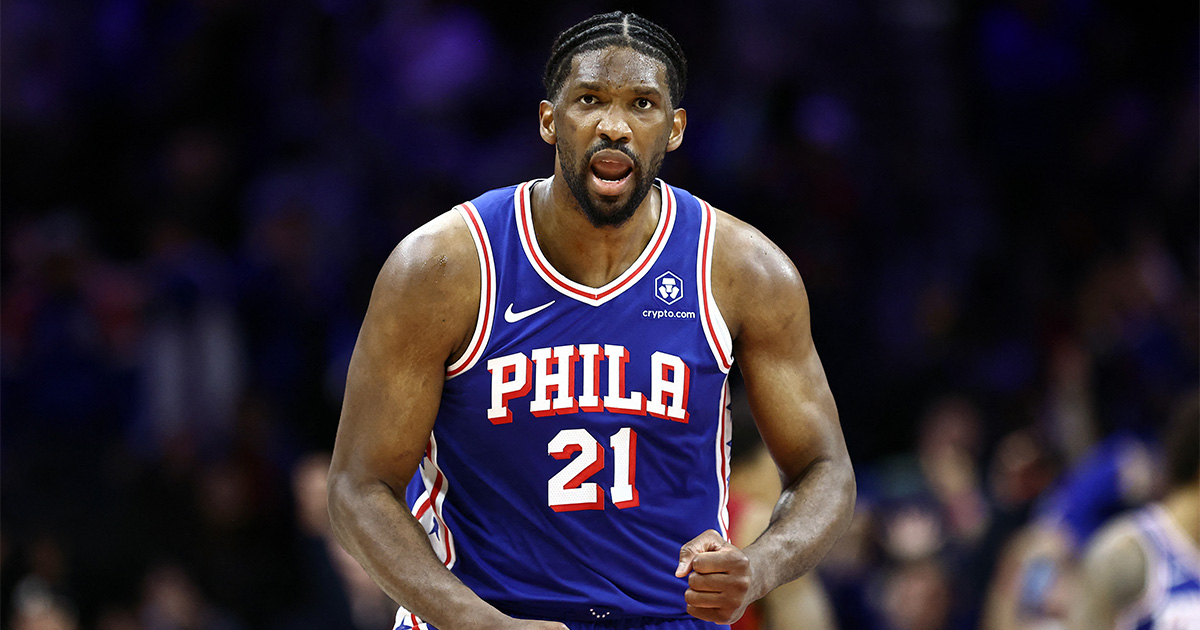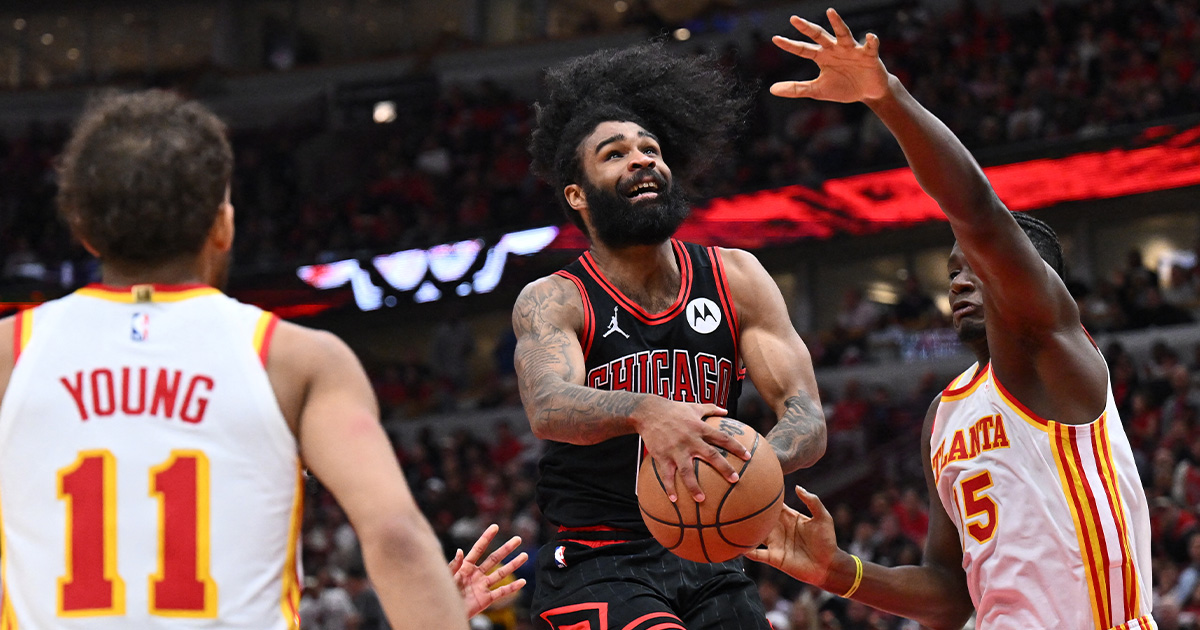Matchmaking rating, often abbreviated as MMR, is a core feature in most MOBAs that gives a numerical rating for each player that is used to pair them with players of similar skill levels. In a competitive environment like Dota 2, it is crucial for maintaining competitive integrity and accurate measurement of one’s prowess.
In the past, one’s MMR (and subsequently, ranking) was solely based on the victories and defeats of the player. There was no distinguishing between the victories and defeats of a player if he was the mid laner, and his victories and defeats as a hard support. Because each role has a specific purpose, simplifying one’s skill with generic wins and losses seemed to manifest inaccurate ranks for players.
Ranked Roles Update
A few months ago, Valve has pushed a change that has changed the Core/Support role selection that existed for years. In retrospect, simply limiting the identifiable roles to core and support saturates the roles that each team’s player does. Not every support plays like a hard support, just like how not all cores have to farm and play like a hard carry.
With the ranked roles update implemented on March of 2020, players are now able to queue up with a selection of over five roles that are colloquially familiar to the playerbase. Roles are now divided into safe lane, mid lane, off lane, soft support, and hard support. Competitively, they are also identified as the positions 1 to 5 respectively.
Taking a page from the League of Legends ranked book, Valve’s recognition of these roles are a healthy change to the ranked system in order to properly distinguish whose job is who. Unlike League, however, Valve made a successful attempt to turn these role-based distinctions into proper gauges of player skill between the five roles.
With the separation of roles into five different positions come the matchmaking changes. Matchmaking now can slightly fluctuate, taking into account the player’s full MMR in his strongest positions while reducing it when queuing for other roles you are less proficient with. This also changes the medal displayed if it is in the appropriate MMR range.
All of this is implemented without actually changing the player’s MMR. Their MMR still increases and decreases across the board regardless of their role. Thanks to this, Dota 2 may have shown the best execution for this type of role-based MMR segregation so far.
Why this is the optimal system for role-based MMR segregation
One great thing about the new system is that it is not a black-and-white separation mechanic. By allowing for a player’s MMR to fluctuate negatively with less-proficient roles, it becomes marginally less punishing for a player to lose in a role he is not particularly great at. However, by also allowing the loss to manifest in the general MMR, trolling in less proficient roles does not allow the player to get away by intentionally playing badly.
The fundamentals of Dota 2 are actually shared and manifested between roles. For instance, last-hitting is a concept all roles need to know, whether for killing the enemy creeps or denying one’s own. Proper management of the courier is also a crucial skill regardless if you’re the carry or support, because if it dies, it is a huge drawback for the entire team trying to get their item powerspikes.
A carry, despite not responsible for warding, must understand the idea of warding as well as the usual warding spots in order to avoid getting sneaked on. A support must understand the needs of the carry as if they were the carry themselves in order to make sure they can reach their powerspikes.
Some specific nuances are transferable between roles. For instance, a position 1 player, who happens to be a former position 5 main, would likely understand what not to do as a carry because he has observed many carries while supporting them. The last thing the world needs is a carry intentionally feeding, which is one of the many outrages felt by most pub players.
Lastly, the system doesn’t inherently punish players for their flexibility. Some players are definitely capable of effectively playing two or more roles, but they have to prove themselves if they want their MMR gain to stabilize in those roles. By not locking their MMR gains to a specific role, it doesn’t incentivize players to force themselves into one role in their ranked grinds.
Dota 2 is a game that never plays the same way in each match. With its flexibility in item builds, team compositions, and playstyles, having a MMR system that adapts to the player’s role proficiency adds on to the list of how flexible the game is.
Do you like the ranked role changes Valve updated? Do you prefer the old system?
















League of Legends: Why the Position Ranks system failed miserably - BALLERS.PH